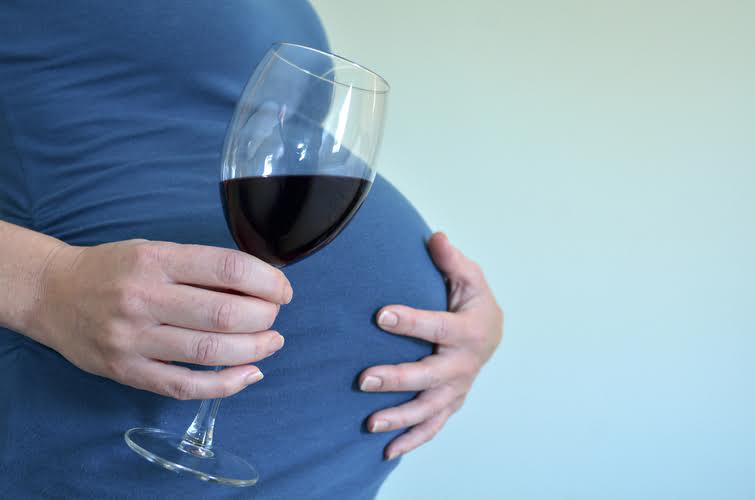Heyman notes that the first “epidemic” in the United States occurred in the late 19th century, before legal prohibitions were established. In addition to the perennial problems with alcohol abuse, the period was noted for abuse of opiates. Interestingly, incidence rates from that period, before legal sanctions, were similar to current ones. However, abuse also extended to those of lower socioeconomic status, largely in the form of opium smoking in “opium dens.” Heyman makes the case that public concern raised by drug abuse among the lower classes set the wheels in motion for governmental responses.
Are addictions diseases or choices?
- Despite the minimal attention paid to the details of framing, Heyman’s view strongly encourages a basic research program especially directed toward how to generate global rather than local framing of choices—in my view, a major contribution of this book.
- No such generally accepted taxonomy yet exists, apart from Marlatt’s well-known theory regarding relapse [57].
- The Drug Enforcement Administration (DEA), the successor to the Bureau of Narcotics and Dangerous Drugs (BNDD), is an arm of the Treasury Department.
- These environmental factors critically include availability of drugs, but also of healthy alternative rewards and opportunities.
- As social media has become a staple in modern society, many people have become hooked on this growing trend.
- The first option may take several days or weeks to accomplish, so many people opt for the latter as it is less painful.
The treatment of drug effects, at the patient’s request, is well within the domain of medicine, what passes as evidence for the theory that addiction is a disease is merely clinical folklore. Scientifically, the contention that addiction is a disease is empirically unsupported. What is obvious to common sense has been corroborated by pertinent research for years (Table 1). Let’s not revert to an outdated conception of the drug problem as only either biological Sober House or behavioral and ignore the decades of scientific research that have led to combined treatments and policy approaches that work far better than either alone. Individuals with addiction may receive mental health services or medical services long before they seek addiction treatment. The act of repeatedly using a highly pleasurable experience—drugs, gambling—alters neurons; they adjust their wiring to become increasingly efficient at the experience.
Biological Risk Factors for Addiction
For some addicts, the view of addiction as proposed by the CM may accurately describe their situation and their concurrent responsibility, whereas, for others, the view as proposed by the BDM may be more appropriate. Not unlike the theories by Moffit on the development of antisocial behaviour [56], perhaps a taxonomy of addiction to highlight different pathways is appropriate. No such generally accepted taxonomy yet exists, apart from Marlatt’s well-known theory regarding relapse [57]. Evidently, a classification concerning the capacities of addicts, such as impulsivity, may be highly useful in certain fields dealing with addicts. Criminal justice systems, for example, may benefit from such a distinction, which may aid the correct legal approach of addicted offenders.
- Indeed, concerns were raised about setting the diagnostic standard too low because of the issue of potentially conflating a low-severity SUD with addiction [116].
- There is division on this issue, despite convincing scientific studies that sway the argument towards addiction being an illness.
- In this article, I have focussed on the concept of addiction in order to highlight and overcome some confusion and controversy regarding the addiction-debate.
- As with type II diabetes, hypertension and many cancers, there are genetic, biological and environmental influences.
RECOVERY PODCAST
More broadly, we propose that these disagreements reveal the need for multidisciplinary research that integrates neuroscientific, behavioral, clinical, and sociocultural perspectives. In recent years, the conceptualization of addiction as a brain disease has come under increasing criticism. When first put forward, the brain disease view was mainly an attempt to articulate an effective response to prevailing nonscientific, moralizing, and stigmatizing attitudes to addiction. According to these attitudes, addiction was simply the result of a person’s moral failing or weakness of character, rather than a “real” disease [3]. To promote patient access to treatments, scientists needed to argue that there is a biological basis beneath the challenging behaviors of individuals suffering from addiction.

He notes, for example, that there is a genetic association for religious choice between identical twins reared apart (Waller, Kojetin, Bouchard, Lykken, & Tellegen, 1990). Chapter 2 presents epidemiological findings about the development and characteristics of drug addiction. First, data are presented confirming the now well-known fact that drug use usually does not advance to drug abuse. For most drugs of abuse only about 2–3% move from occasional use to drug dependence.
Drug addiction. Is it a disease or is it based on choice? A review of Gene Heyman’s Addiction: A disorder of choice.

That is, addiction is not compulsive drug use, but it also is not rational drug use. Several empirical choice principles predict the possibility of relatively stable yet suboptimal behavior. They include the matching law, melioration, and hyperbolic discounting (e.g., Herrnstein, 1990; Ainslie, 1992). These principles were discovered in the course of experiments conducted in laboratories and natural settings, and in experiments these same principles also distinguish addicted from non-addicted drug users (e.g., Kirby et al., 1999). For example, ex and current heavy drug users were more likely to suboptimally “meliorate” than were non-addicts in a choice procedure that invited both long-term maximizing and melioration (Heyman and Dunn, 2002). Thus, we have on hand a research based, non-disease account of the defining features of addiction, which is to say its destructive and irrational aspects.
Old Clinical Follow-Up Studies: Empirical Support for the Disease Account
Throughout clinical medicine, diagnostic cut-offs are set by consensus, commonly based on an evolving understanding of thresholds above which people tend to benefit from available interventions. Because assessing benefits in large patient groups over time is difficult, diagnostic thresholds are always subject to debate and adjustments. It can be debated whether diagnostic thresholds “merely” capture the extreme of a single underlying population, or actually identify a subpopulation that is at some level distinct. Resolving this issue remains challenging in addiction, but once again, this is not different from other areas of medicine [see e.g., [12] for type 2 diabetes]. Longitudinal studies that track patient trajectories over time may have a better ability to identify subpopulations than cross-sectional assessments [13].
- However large that population may be, research reliably confirms that only a relatively small percentage, 25% or less, of those meeting criteria for drug abuse or dependence ever seek and receive treatment.
- The participants were interviewed according to a questionnaire designed to produce an APA diagnosis when warranted.
- Figure Figure11 summarizes the findings regarding remission and the duration of dependence.
- Philosophically, this is best understood as being aligned with indeterminism, a perspective that has a deep history in philosophy and psychology [84].
Can Alcohol Cause High Blood Pressure? Does Alcohol Raise Your Blood Pressure?
The hope is that mechanistic insights will help bring forward new treatments, by identifying candidate targets for them, by pointing to treatment-responsive biomarkers, or both [52]. Developing innovative treatments is essential to address unmet treatment needs, in particular in stimulant and cannabis addiction, where no approved medications are currently available. Although the task to develop novel treatments is challenging, promising candidates await evaluation [53]. A particular opportunity for imaging-based research is related to the complex and heterogeneous nature of addictive disorders.
These are quantitative, empirical laws of choice that predict how different species, including humans, choose between different commodities and activities, such as food, water, and exercise. Their relevance to addiction and other self-defeating behaviors is that under some conditions they predict relatively stable yet suboptimal patterns of behavior. For example, Heyman and Herrnstein (1986) arranged an experiment in which the https://minnesotadigest.com/top-5-advantages-of-staying-in-a-sober-living-house/ matching predicted the lowest possible rate of reinforcement. As predicted the subjects shifted to matching, lowering their overall reinforcement rate as they did so. This finding has been replicated numerous times (e.g., Herrnstein et al., 1997), and it is analogous as to what happens as drug use turns into addiction. When someone first tries drugs or alcohol, it’s a decision they’ve made to ingest a certain substance.
